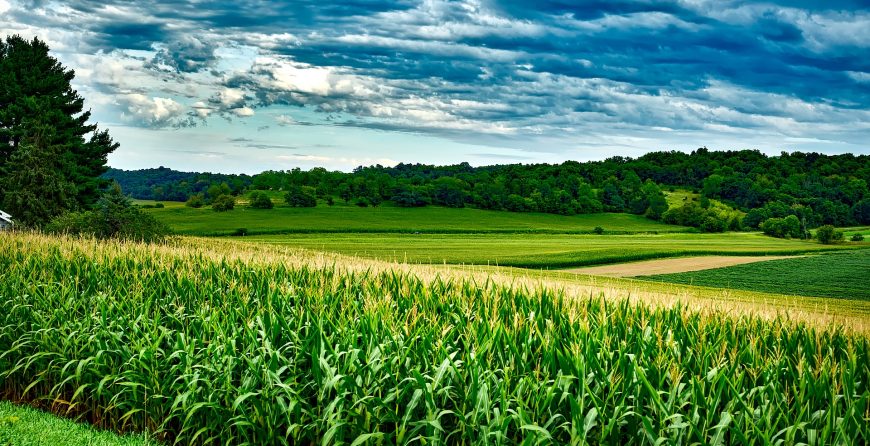Here in the midwest, we’re the second leading producers of crops and livestock. The first is California. The trouble for most young farmers in Iowa is the high land prices and startup costs.
The good news is that there is support out there for our young Iowa farmers. The Practical Farmers of Iowa (PFI) is a non-profit that’s been around for 32 years and its goal is to attract new and young farmers to the field and help them grow their own organic produce.
Through workshops and a program that gives funds to match the money saved by new farmers over a period of time, the nonprofit has been making a difference in the state.
The midwest has had the highest concentration of farms in the States for a long time. We’re also a critical agricultural region because we produce food locally and export it. According to the U.S. Department of Agriculture (USDA), Iowa is among the group of midwestern states that produces crops and livestock for the nation behind California. This means the midwest has potential to become a hub for sustainable food production.
There’s just one problem.
Statistically speaking, younger generations aren’t that into farming. One of the recent USDA agricultural censuses reported that new farmer numbers have dropped by about 20% between 2007 and 2012.
The report revealed that the majority of midwestern farmers are ages 55-64, which is consistent with a 30-year trend. So what’s happening to our Iowa farms? There’s been a diminishing ability to subsist on farming income and an increase in debt required to farm. Iowa farmers have also been facing rural poverty.
Despite the fact that Iowa is generally thought of as a fantastic state to raise a family, young people are moving away from the midwest faster than any other region. When the younger generations enter college, they’re not typically thinking about starting their own farms. And if they are, they most likely see it as daunting and impossible unless they’re from a farming family.
The biggest challenge for new farmers is land access. Land costs have continued to rise over the years and despite the land transference that occurs when old farmers retire, most of it is snatched up by property developers.
In truth, the odds are against farmers who are just entering the market. To start off small and be sustainable is challenging. Large farms have the scale, resources, money, and ability to use synthetic pesticides and fertilizers to increase yields.
While organic farming can be more profitable in the end, it uses more land to grow the same amount of food as conventional farming methods. Organic farmers are significantly limited in the types of materials they can use to eliminate pests and feed their crops. There’s also the matter of becoming organically certified, which is a long and expensive process.
To become organically certified, farmers have to demonstrate organic practices for three years before the USDA will approve them. During this time, farmers cannot increase the prices of their produce.
So how do we turn things around for to support our organic farmers?
We can start by spreading the word about how beneficial organic farming is. Not only is it a sustainable farming method, but it’s also healthier for our nation. We can start teaching the value to our younger generations by bringing them into your organic gardens when they’re little and then teach them that supporting local organic farmers is the way to go. This is the mentality that will help the midwest become a hub of organic food production.
Read on to learn more about this latest trend in Iowa: organic farming.


